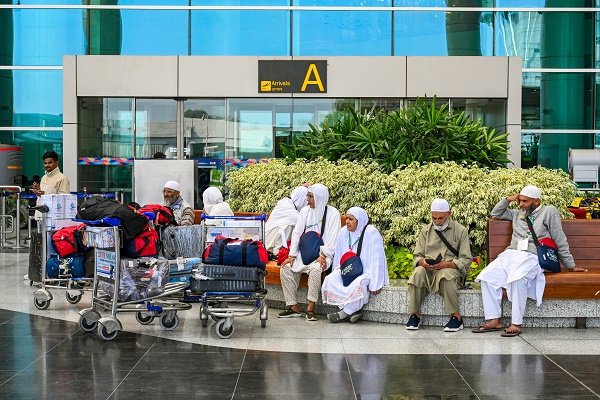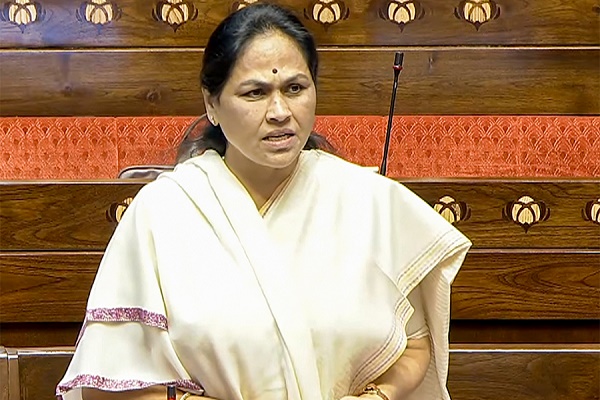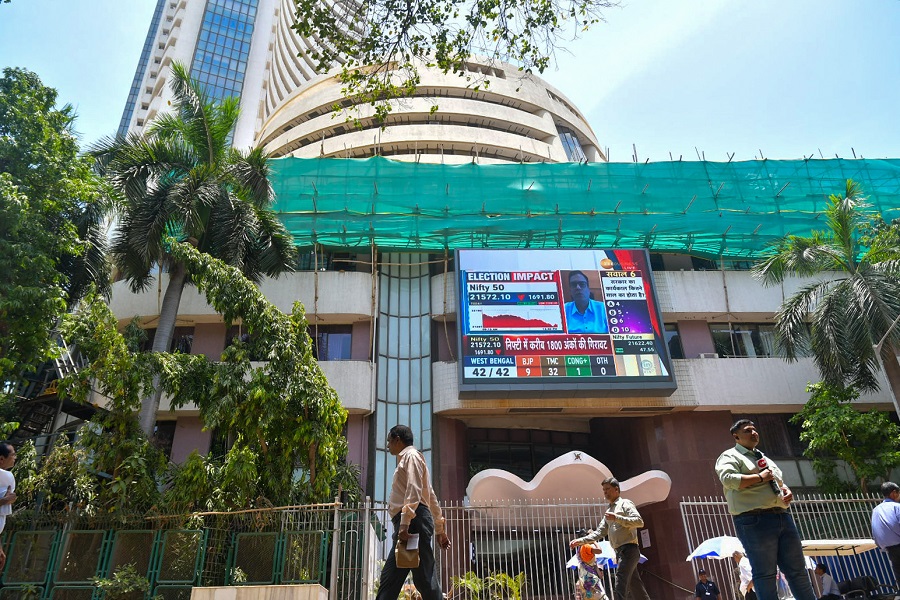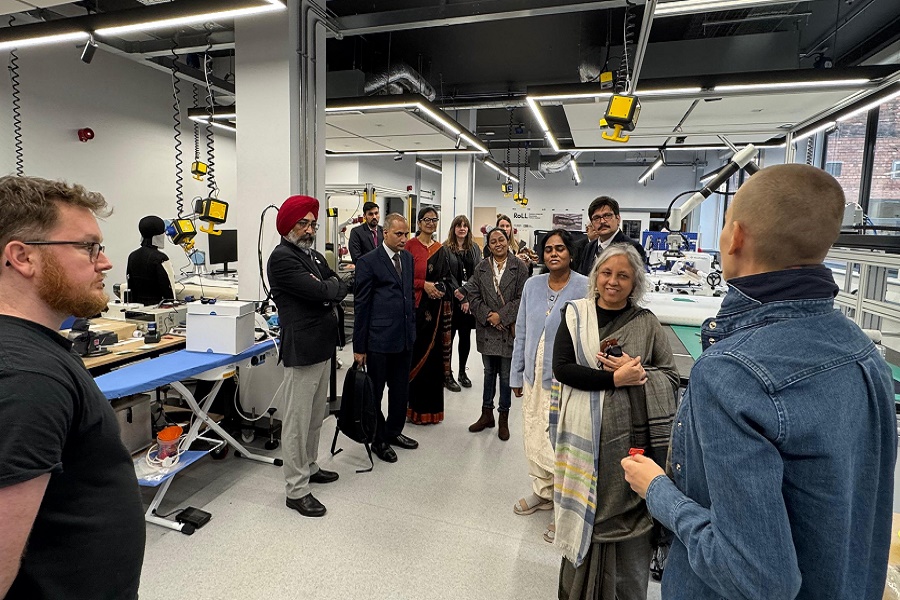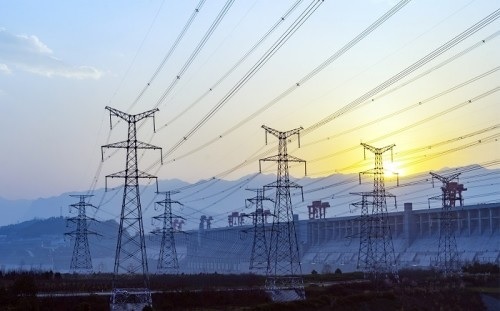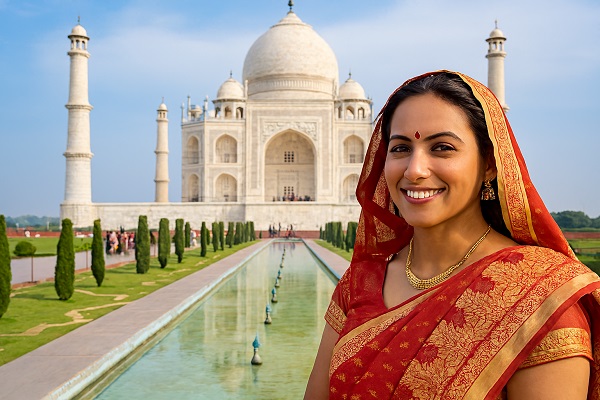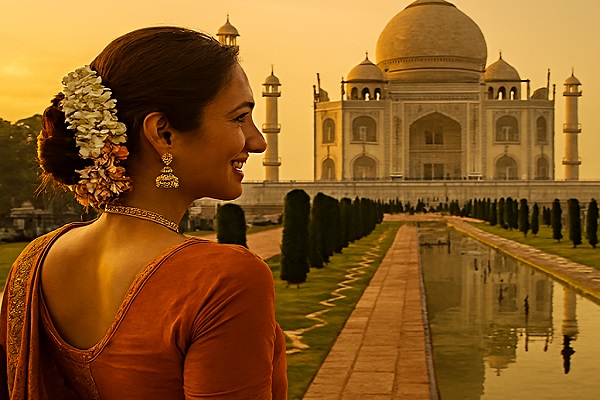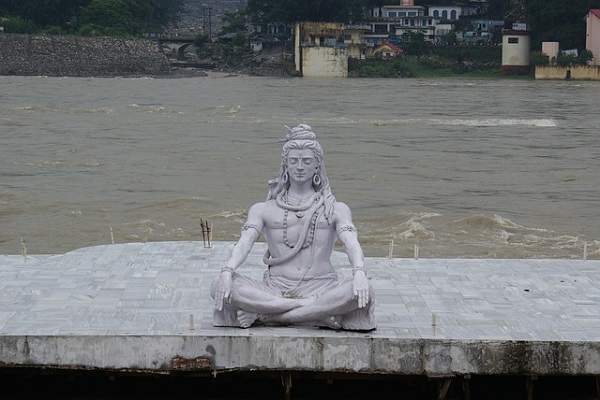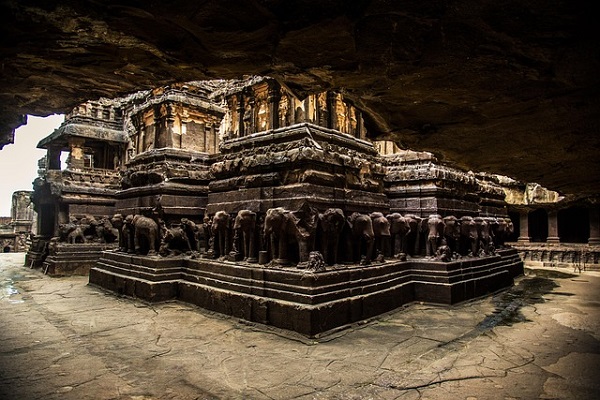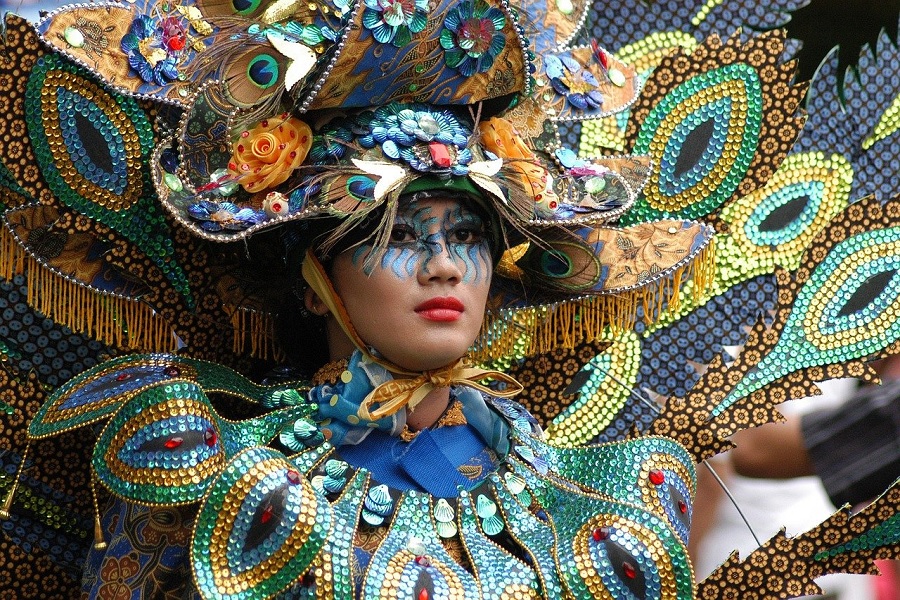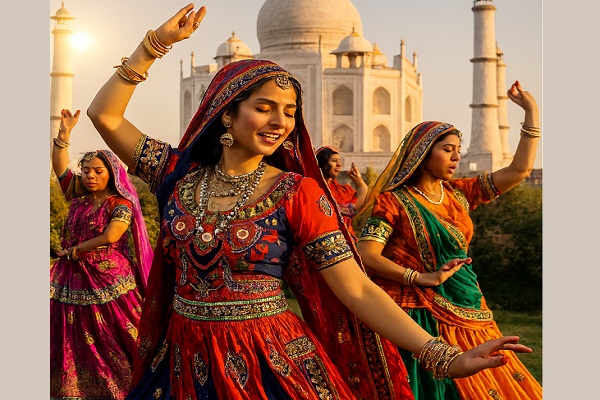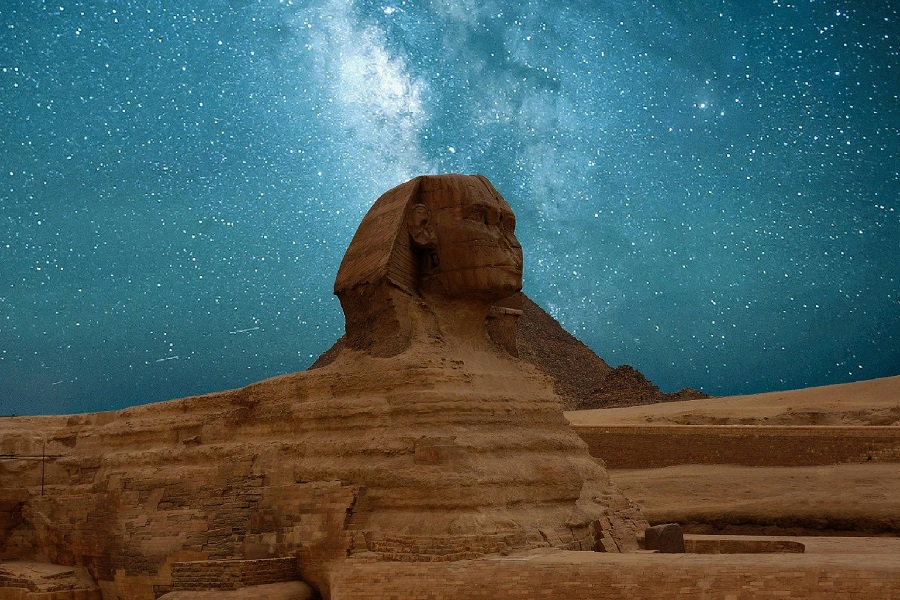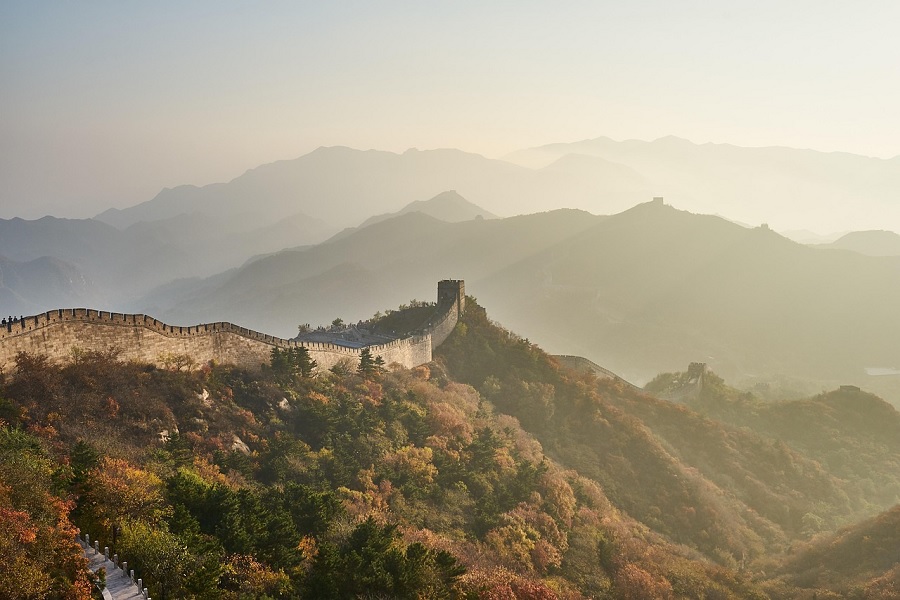Khajuraho Temples : A Timeless Marvel of Art, Spirituality & Architecture
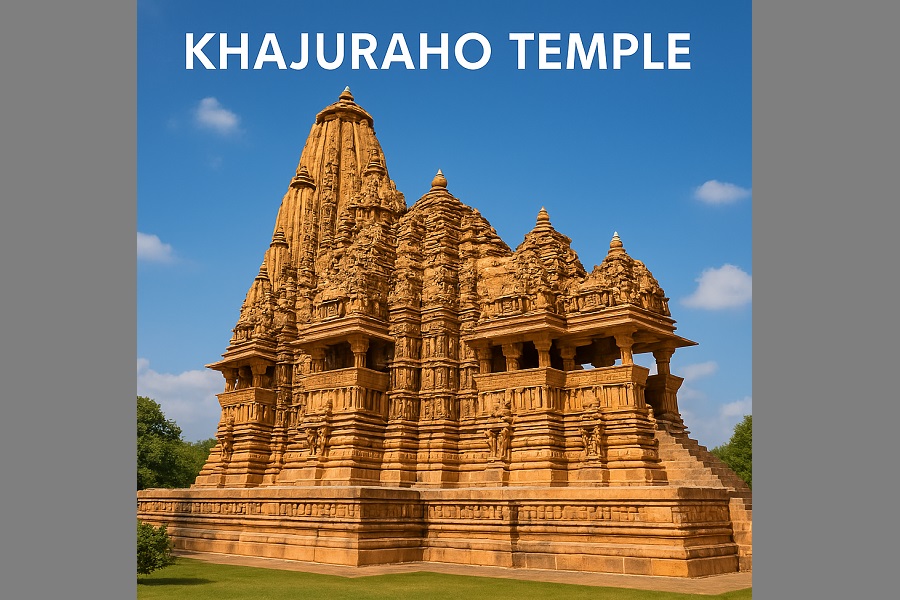
Introduction
Nestled in the heart of Madhya Pradesh, the Khajuraho Temples stand as a testament to India's rich cultural and architectural heritage. Built between 950–1050 AD by the Chandela dynasty, these temples are globally renowned for their intricate carvings, stunning sculptures, and exquisite depictions of life, love, and devotion. Recognized as a UNESCO World Heritage Site, the Khajuraho temple complex is one of India's most treasured landmarks.
A Glimpse into History
The temples of Khajuraho were built during the reign of the Chandela Rajputs, who were great patrons of art and architecture. Originally, there were 85 temples, but today only 25 have survived the test of time. These temples were hidden in dense forests for centuries and were rediscovered by British explorer T.S. Burt in 1838.
Architectural Brilliance
Khajuraho Temples are a masterpiece of Nagara-style temple architecture, featuring:
Exquisite sandstone carvings showcasing gods, goddesses, celestial beings, musicians, and dancers.
Erotic sculptures that symbolize love, human emotions, and spiritual enlightenment.
Towering shikharas (spires) that rise gracefully towards the sky.
Intricate Mandapas (halls) supported by finely carved pillars.
The Three Temple Groups
The temples are divided into three groups:
Western Group (Most Famous) – Includes the Kandariya Mahadev Temple, Lakshmana Temple, and Vishwanath Temple.
Eastern Group – Features Jain temples like Parsvanath Temple and Adinatha Temple.
Southern Group – Home to Duladeo Temple and Chaturbhuj Temple.
Significance & Symbolism
While many associate Khajuraho with its sensual sculptures, these temples also depict:
Daily life in medieval India
Spiritual teachings & devotion
Mythological stories from Hinduism & Jainism
Union of the human and divine
Best Time to Visit
October to March – Pleasant weather for exploring.
Khajuraho Dance Festival (February-March) – A vibrant showcase of Indian classical dance forms against the temple backdrop.
How to Reach
By Train: Khajuraho Railway Station (6 km from the temple complex).
By Air: Khajuraho Airport (5 km away).
By Road: Well-connected by buses and taxis from Jhansi, Satna, and Chhatarpur.

